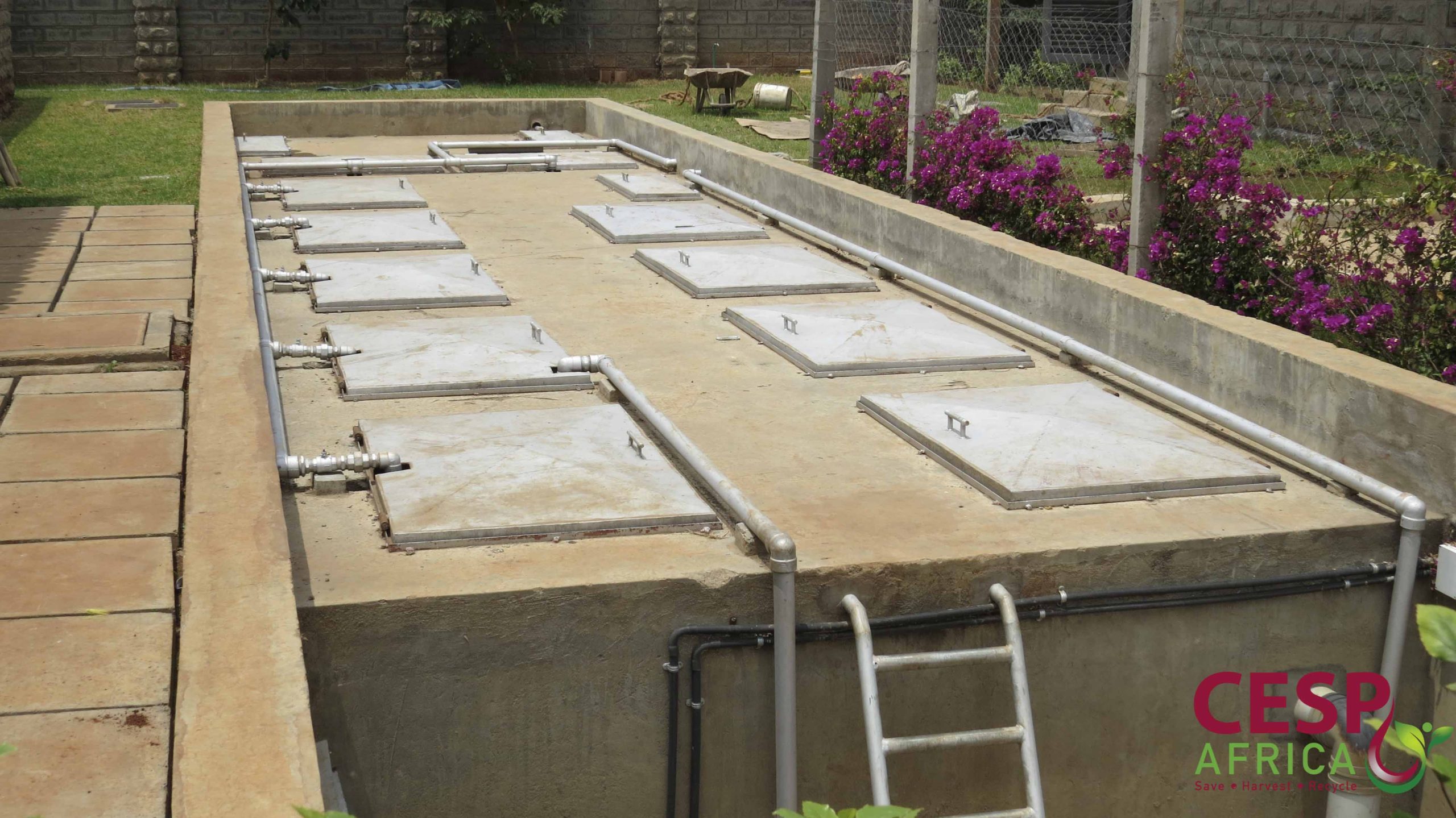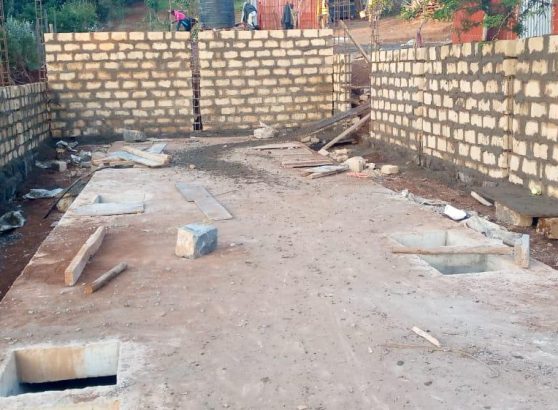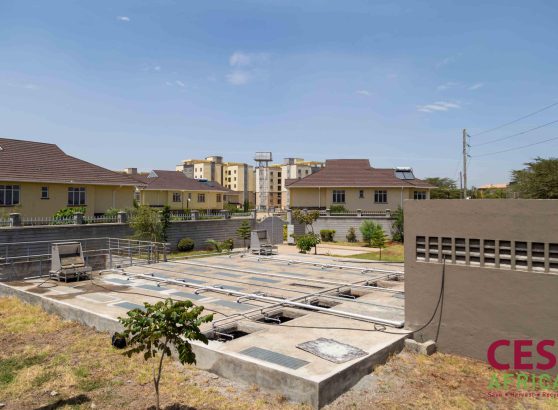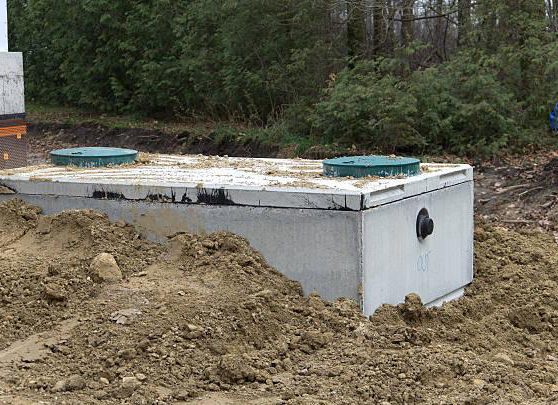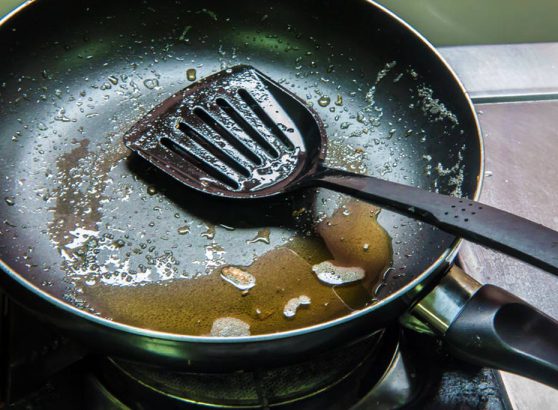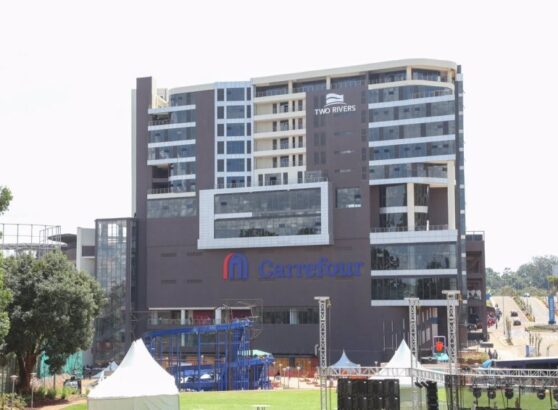Wastewater treatment aims to get rid of the contaminants in wastewater to produce clean effluent. There are different treatment technologies to achieve this end, here we will go through the activated sludge treatment process. The process uses bacteria that biologically digests the solid matter in the wastewater to leave clean effluent as a final product.
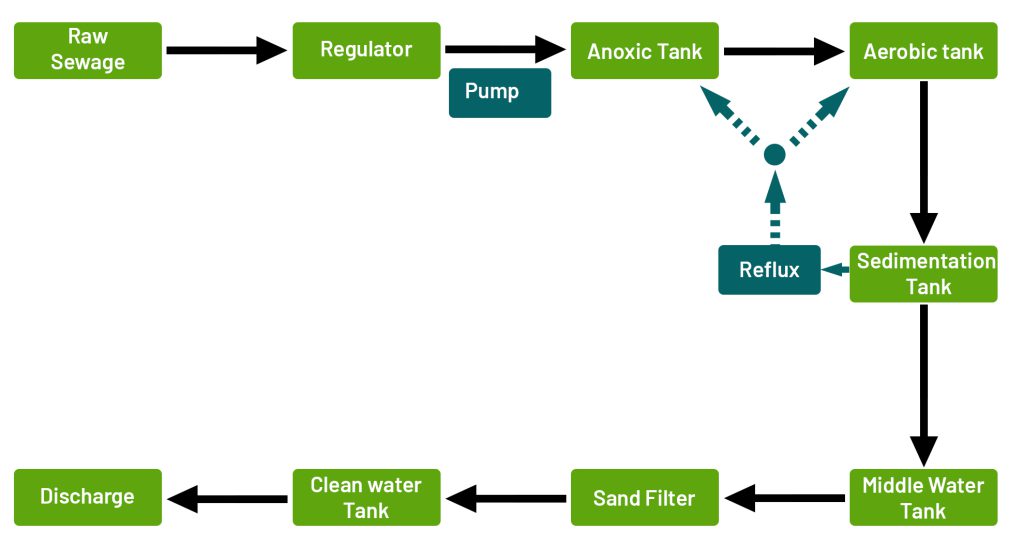
Wastewater treatment process.
Flow regulation.
The flow equalization chamber receives the raw wastewater. A screen filters the raw wastewater going into the first chamber, large solid matter as well as material that can not be broken down by the system is filtered out. Undigestable material may include fabric, pads, surgical masks etc. Often issues in the wastewater treatment plant arise because of undigestable solid matter clogging up different stages in the treatment process (e.g. clogging pumps in the system) hence the screening process is very important.
The content and rate of flow into the system varies throughout the day hence this chamber aims to homogenize the wastewater as it goes into the system.
Anaerobic digestion.
The digestion process starts in this chamber. Bacteria breaks down the wastewater without using oxygen hence an anaerobic process. At this stage the bacteria breaks down the nitrogenous components of the wastewater.
Aerobic digestion.
In this stage, the effluent shall be treated in extended aerobic biological reactor. The system is designed for extended aeration mode where excess oxygen is provided for oxidizing the carbonaceous as well as the nitrogenous BOD present in the effluent.
The organic wastewater is introduced into a reactor where an aerobic bacterial culture is maintained in suspension. The reactor contents are referred to as the Mixed Liquor Suspended Solids (MLSS). In the reactor, the bacterial culture carries out the conversion in general accordance with the stoichiometry as under:
Reaction:
COHNS +O2 + NUTRIENTS –bacteria- CO2+NH3+ C5H7NO2+ other end products (Organic matter)
The aerobic environment in the reactor is achieved by the use of Mechanical Surface Aerators, which also serves to maintain the reactor contents in a completely mixed regime. After a specified period of time the mixture of new cells and old cells is passed into a secondary clarifier, where the cells are separated from the treated wastewater.
A portion of the settled cells is recycled back to the aeration tank to maintain the desired concentration of organisms in the reactor, and a portion is wasted. In this system due to the extended retention period in the reactor the bacteria enters into the endogenous respiration phase resulting in relatively simple end products and energy, stable end products are also formed. The endogenous respiration phase is represented by following equation:
Bacteria
C5H7NO2 + 5 O2 —————-CO2 + 2H2O + NH3 + energy
The effluent will then flow into the sedimentation tank.
Sedimentation
The effluent moves to the next chamber where it settles. Any remaining solid material settles to the bottom of the chamber. Clean water from the top of the chamber is flows into the next chamber.
Any solids that settle in this chamber are refluxed back to the anaerobic chamber where the solid matter is taken through the digestion process again. The material that settles at this stage also contains bacteria which can be reused to avoid need for constant repopulation of the bacterial in the system.
Middle water tank.
For systems that have additional filtration of the effluent, the middle water tank acts as temporary storage before filtration.
Sand filtration.
A sand filter removes any remaining suspended solids from the effluent.
Clean water tank.
The clean water tank stores clean effluent ready for use.
The effluent can be disinfected by adding chlorine.. Depending on local regulation the effluent may be drained away or used for irrigation, gardening etc.

The activated sludge treatment process is a relatively simple, it is generally cheaper and easier to maintain. It can also be scaled up, from domestic systems to larger commercial systems.

